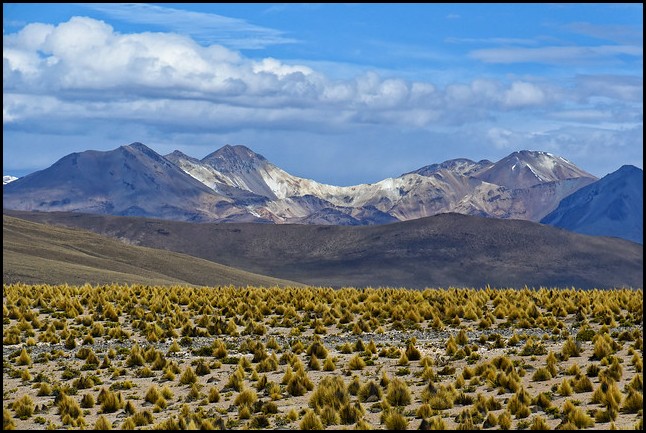
The 10 Most Spectacular Natural Places in Chile
Chile is a paradise for nature lovers and outdoor adventurers.
The country’s natural diversity is so vast that most of the Earth’s climate and vegetation zones are found somewhere in Chile. They range from the driest place on the planet at Atacama Desert in the far north to glacier-covered jagged Andes peaks and deep fjords in the far south, and everything in between.
Several geographical factors account for this amazing diversity. First off, the extremely long country stretches from Latitude 17 South down to Latitude 56 South.
The northern areas are close enough to the Equator to have hot, tropical beaches and fertile forests & valleys. The southern parts of the country reach the closest point to Antarctica on the planet, where its obviously given over to a very cold climate.
Chile’s coastline stretches 4000 miles / 6435 kms, with beaches, cliffs, rocky shores, bays, inlets, fjords and hundreds of off-shore islands in the far south.
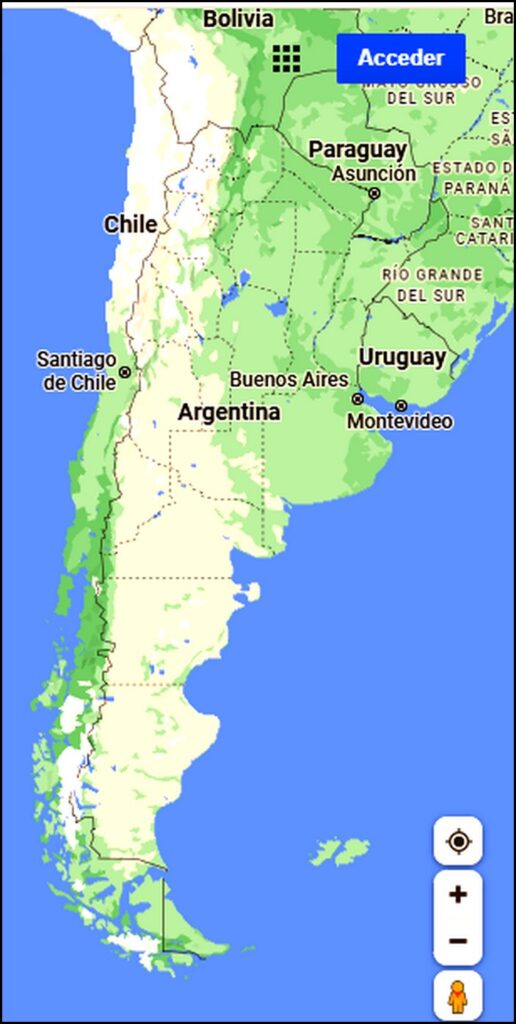
Another important factor to Chile’s diverse flora, fauna and climate is the super-cold Humbolt Current, which flows up from Antarctica along the entirety of Chile’s coast. This produces thick fog in many places and is home to many cold-climate birds and animals, including penquins and whales.
Inland, high Andes mountains run the length of the country and include some of the planet’s highest mountains. Many have black, jagged peaks. There are glaciers, snow fields, gushing waterfalls, deep valleys and canyons, high alpine lakes, forests and other habitats.
In addition, Chile boasts over 600 volcanoes. Most are dormant or extinct, but several dozen are active volcanoes that occassionally spew out high thick plumes of smoke, sometimes accompanied by furious lightening shows or the less frequent lava flows.
In the south central region of the country there are dozens of small placid lakes backed by distinctively-shaped volcanic cones, often covered in snow. There are also extensive forests full of Chile’s indigenous Araucaria trees, as well as Larch, evergreens, Eucalyptus and other trees.
Fortunately, the Chilean government realizes the land’s important, outstanding natural beauty. It has created a total of 106 protected natural areas around the country, including 42 national parks, 46 national reserves and 18 national monuments. There are also dozens of protected forests.
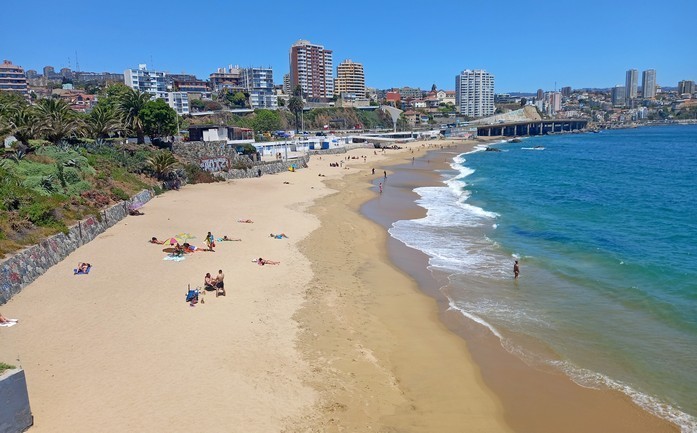
My explorations of Chile to date…
I’ve been in Chile for nearly two months already, but I have yet to visit any of these gorgeous places! I’ve been ‘stuck’ in the Santiago-Valporaiso area all this time, awaiting my new US passport to arrive at the US Embassy in Santiago.
At least the waiting time has allowed me to hang out in beautiful Valporaiso and to research quite extensively about Chile’s overwhelming bounty of nature. It’s all in preparation for my further explorations of the country. As soon as my passport arrives, I am off and running!
I hope to visit all of Chile’s most gorgeous natural places, particularly the most dramatic areas.
Several of the most astounding natural places are extremely remote. They can only be reached by cruiseship or serious trekking. Luckily, other places are easier to access. However, all areas are quite expensive, especially during the upcoming sumer tourist season, December to March.
That doesn’t bode well for me as a budget traveler. But I’m hoping to find some work exchange programs near each area so that I’ll be able to visit them.
In the meantime, here’s my report on what I consider to be the 10 most gorgeous of Chile’s many stunning natural places. Most of the really dramatic vistas are found in southern Chile, but a couple are located in the far north.
Here are my Top 10, in no particular order…
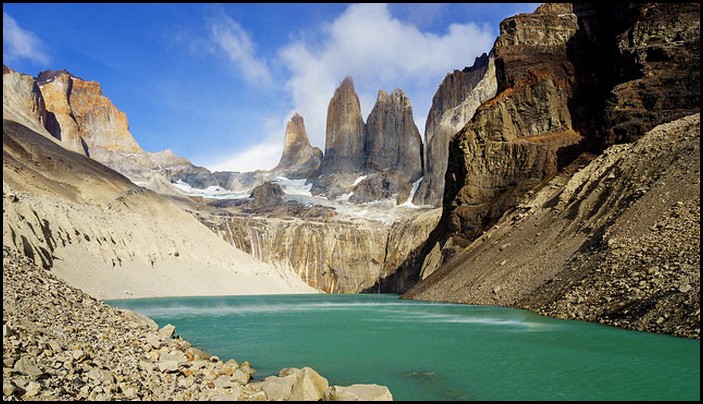
1. Torres del Paine National Park
I’ll start with one of Chile’s most famous of all famous destinations, Torres del Paine National Park. It’s located in far extreme southern Chile and can only be reached by flight or ship to nearby Puerto Natales town and then by a small road into the park.
This view of the park’s renowned three jagged black rock towers is a particular icon for Chile. But the park is jam-packed with other incredible vistas of glaciers, glacier lakes, snowfields and more dark jagged Andes mountains.
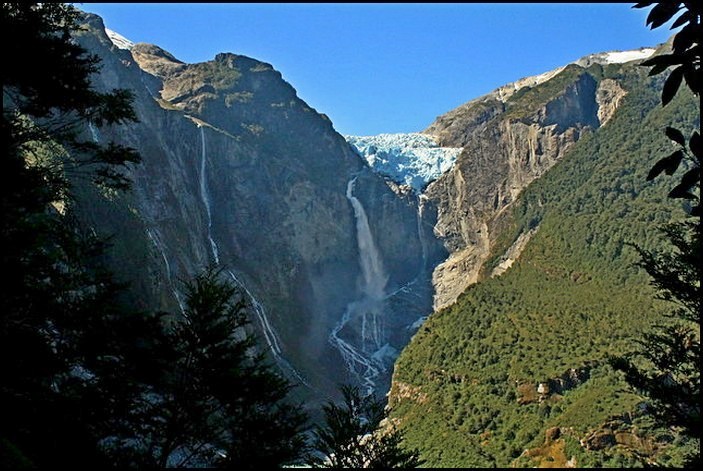
2. Queulat National Park
Besides the dramatic peaks of Torres del Pain, the equally jaw-dropping vistas at Queulat National Park count as my absolute favorite. I mean, Wow, a glacier hovering at the top of a massive cliff, with tall waterfalls gushing over the edge into a deep chasme?! Are you kidding me?
Queulat National Park is also located in far southern Chile, but many many hours north of Torres del Pain and about eight hours south of Puerto Montt (itself about 12 hours south of Santiago).
This vast region between Puerto Montt and a tiny town called O’Higgins is an area I call ‘middle Southern Chile’. Roads connect this whole region to Puerto Montt, with O’Higgins being the southernmost point connected by roads. Beyond that you must fly or travel by boat.
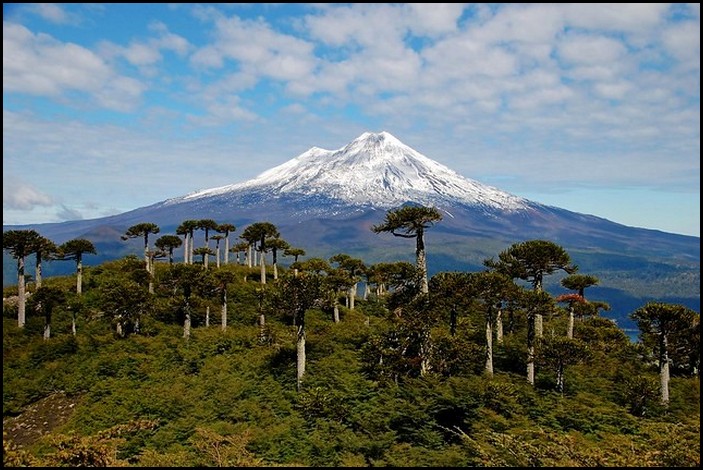
3. Conquillo National Park
& Volcan Llaima
This national park is equally famous for its vistas of gorgeous Volcan Llaima and its forests full of Chile’s indigenous tree, Araucaria.
The park is located in an area I refer to as ‘northern South Chile’. That is the vast region between Santiago and Puerto Montt, the area where Chile’s Lakes District is situated. It’s full of small lakes, dozens of dramatic volcanoes and Araucaria forests.
Conquillo National Park is situated directly east of Temuco city and close to the border with Argentina.
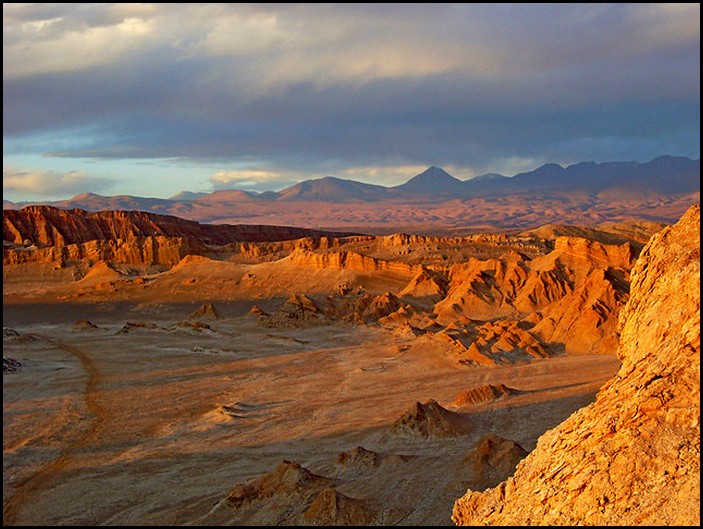
4. Atacama Desert
Along with Torres del Pain, Atacama Desert is one of Chile’s most famous and iconic destinations. It’s located in the far north, close to the borders with Peru, Bolivia and Argentina.
The vast Atacama Desert is actually famous for several things. It’s generally considered to be the driest place on the planet. It has one of the best regions on Earth to view the night sky, due to its dry climate and remote location away from city lights.
Atacama also has a Mars-like landscape that is used by NASA for training & research, as well as the film industry to depict Moon and Mars.
As if that’s not enough, Atacama also has vast salt flats, geothermal areas similar to Yellowstone, and dramatic volcanoes.
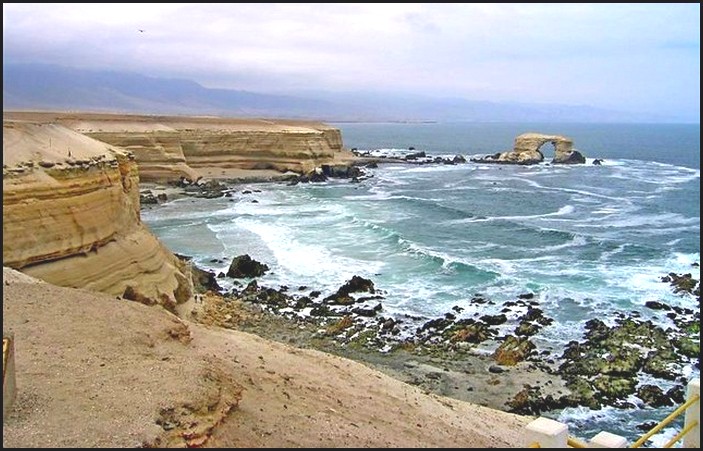
5. La Portada
Directly west of the vast Atacama Desert, near the city of Antofagasta, is this dramatic coastline with plunging cliffs and an offshore natural rock arch.
La Portada is the only other natural spot in the north of Chile that I’ve included in my list.
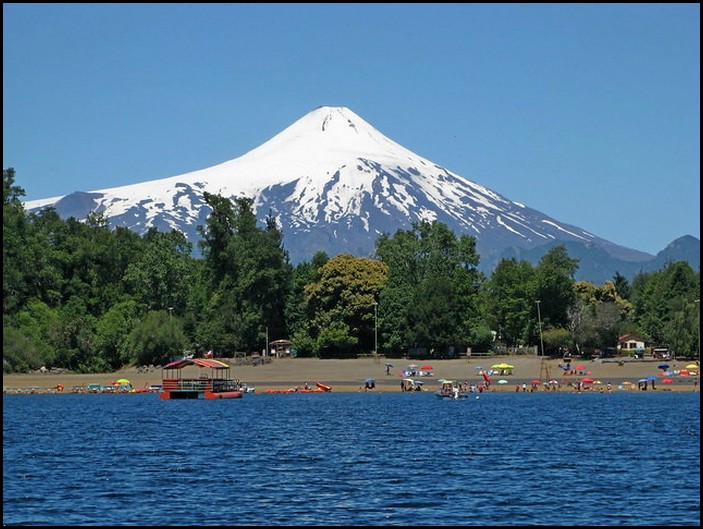
6. Lago Villaricca & Volcan Villarrica
Lake Villarrica, with its namesake volcano hovering over it, is one of the Lake District’s most beautiful. It’s located southeast of Temuco and almost directly south of Conquillo National Park.
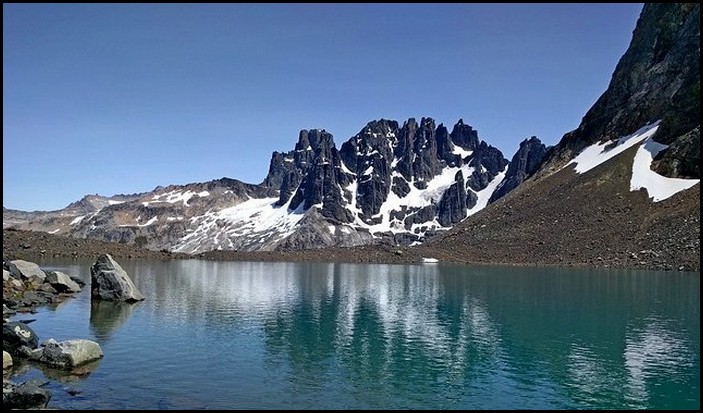
7. Cerro Castillo National Park
Looking very similar to Torres del Pain, these dramatic, jagged black mountains with glacier lakes and snow fields is located in far southern Chile, about halfway between Torres del Pain and Queulat national Parks.
It’s in the region I refer to as ‘middle Southern Chile’, along with famous Patagonia National Park. In fact, Cerro Castillo is situated just north of Patagonia.
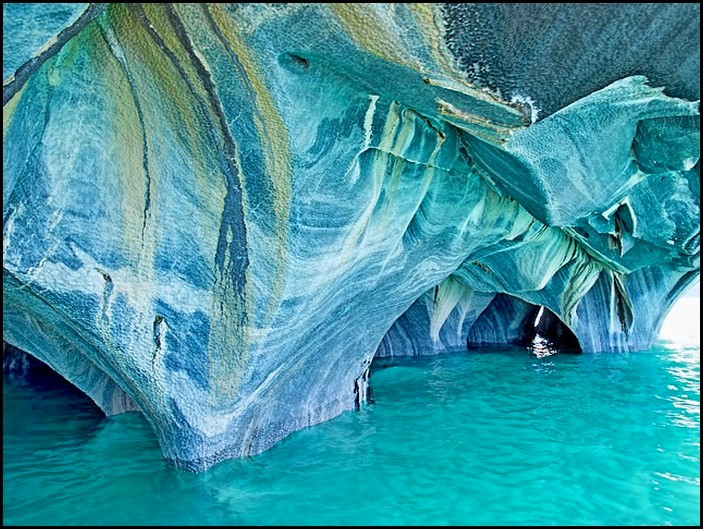
8. Marble Caves of Lago Carrerra
This amazing natural phenomenon is also located in ‘middle Southern Chile’ at a huge lake called Lago Carrera. It’s situated just two hours south of Cerro Castillo NP and about one hour northwest of Patagonia.
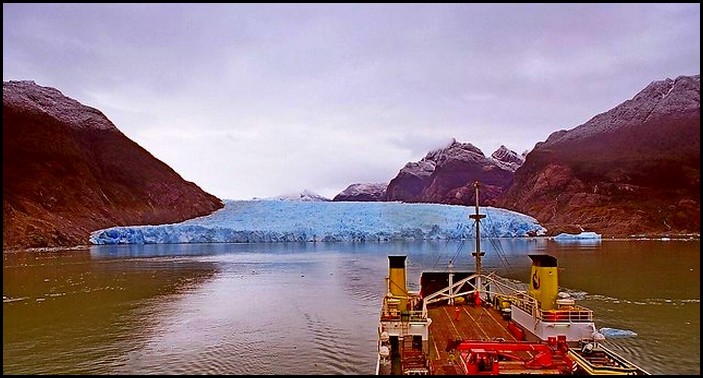
9. Laguna San Rafael National Park
Here’s yet another gorgeous park located in ‘middle Southern Chile’. This vast natonial park consists of some of the highest southern Andes peaks and massive glaciers.
It’s located directly west of Patagonia and Lago Carrera, but it’s extremely remote. No roads access the park.
I was particularly struck by the huge glaciers found sitting right on top of remote lakes.
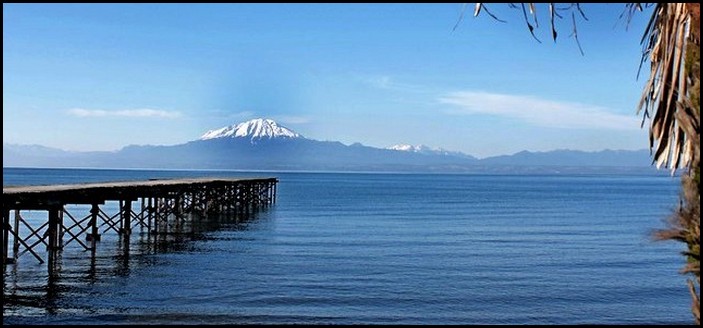
10. Lago Llonquihue – Volcan Osorno
Last but not least, Lago Llonquihue is another one of Chile’s most stunning lakes, situated in the Lake District. This large lake is located just north of Puerto Montt and has clear vistas of Volcan Osorno (pictured here) as well as Volcan Calbuco and a few more distant volcanoes.
Summary
I hope you are as awed by these incredible natural places as I am. While these are the ten spots I’ve chosen as the very top most gorgeous places, there are many, many more stunning beauty spots scattered all over Chile, particularly in the vast southern regions of the country.
I have my fingers crossed that I’ll be able to visit all these places, and more, during the next 2-3 months. I’ll be posting lots more photos and articles about the places I do get to visit, so stay tuned.
================================
In the meantime, you may also enjoy:
12 Interesting Facts about Chile
My Introduction to Valporaiso – Chile
13 Things I Love about South America
==================================



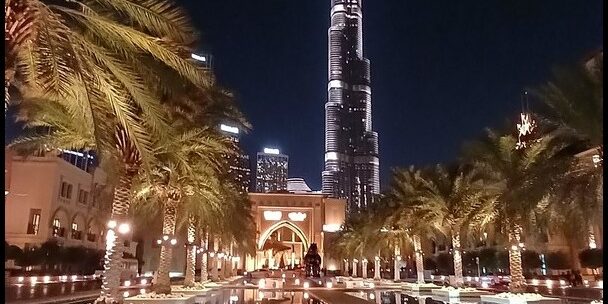



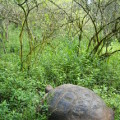
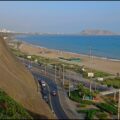
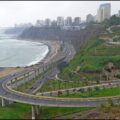
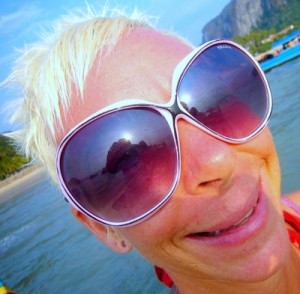

 Hi! I'm Lash, an American nomadic world traveler who's been traveling solo since 1998. I’m passionate about traveling the world nomadically and then sharing it all with you. I hope to inspire you to travel the world, to entertain you with tales from the road, and to help you reach your travel dreams. Welcome!
Hi! I'm Lash, an American nomadic world traveler who's been traveling solo since 1998. I’m passionate about traveling the world nomadically and then sharing it all with you. I hope to inspire you to travel the world, to entertain you with tales from the road, and to help you reach your travel dreams. Welcome! 




3 pings
Incredible Chile–Argentina Andes Border Crossing - LashWorldTour
2022/12/09 at 6:42 am (UTC 8) Link to this comment
[…] « The 10 Most Spectacular Natural Places in Chile […]
11 Interesting Facts about Argentina - LashWorldTour
2023/01/05 at 6:20 am (UTC 8) Link to this comment
[…] 10 Most Beautiful Natural Places in Chile […]
Introduction to Patagonia - LashWorldTour
2023/04/20 at 3:13 am (UTC 8) Link to this comment
[…] I’ve already written about many amazing outdoor places in Chile in this article […]